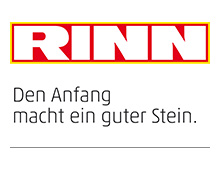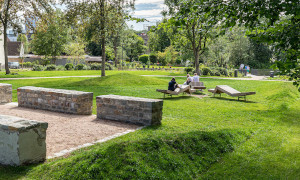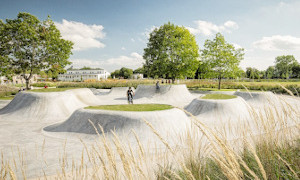The online seminar will be postponed to fall 2022.
We will provide information here in good time for the new date.
Date
Thursday, March 24, 2022, 09.45 - 16.30 - postponed!
The 14 German cities with more than half a million inhabitants are forecast to be home to around one-fifth of the country's population by 2030. Accordingly, a significant increase in the number of inhabitants or a high demand for additional living space is to be expected there. In the growth regions, this trend is to be met primarily by redensification in the inner city areas. Consequently, the pressure on still existing brownfield, green and open spaces increases massively there, inducing conflicts of interest with the higher-level objectives. If land consumption is to be reduced, the greening of settlements secured and developed as an essential factor for residential quality and climate adaptation, and biodiversity strengthened in cities as well, then at least sufficient land must be made available for this purpose.
The Corona pandemic in particular has emphatically revealed the importance of greenery for human well-being. Accordingly, the housing stock must be developed not only in terms of construction, but also in terms of functional and efficient green spaces and structures. Despite the indisputable necessity of building more densely, the development of open spaces in the inner city must not be put on the back burner. Conflicts of goals and uses must be avoided and our cities must be made fit for the future through smart settlement development.




